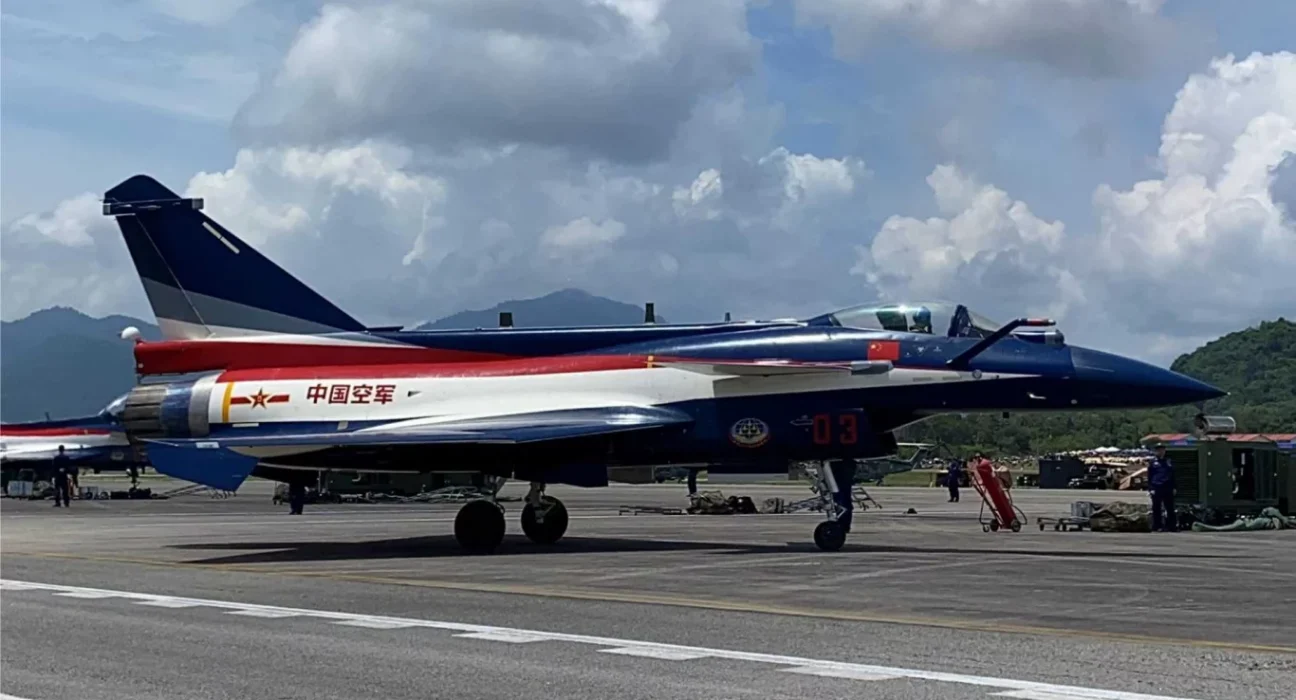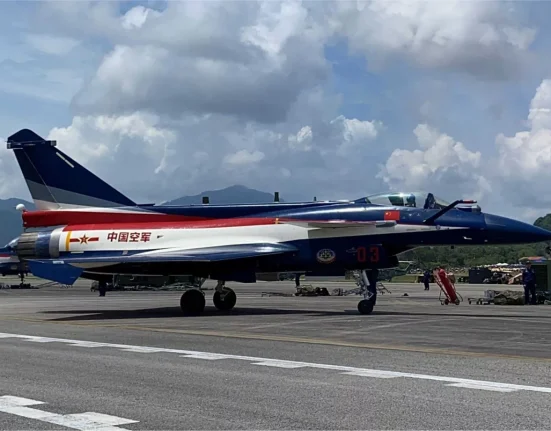Fresh intelligence emerging from diplomatic and defense sources indicates that the Islamic Republic of Iran is in the final stages of negotiating a significant military procurement deal with the People’s Republic of China. At the heart of this high-level engagement is Tehran’s strategic interest in acquiring more than 40 units of the Chengdu J-10C, a fourth-generation multirole combat aircraft that forms a key part of China’s aerial defense and strike capabilities.
The Chengdu J-10C, developed by China’s state-owned Chengdu Aircraft Corporation, is renowned for its advanced avionics, modern radar systems, and beyond-visual-range combat proficiency. Its adoption would mark a considerable upgrade in Iran’s air force fleet, which has, for decades, relied on a mix of aging American-era aircraft from the pre-1979 period and retrofitted Russian jets. For Iran, the move is not merely about acquiring new hardware—it represents a bold step towards modernizing its air combat capacity in the face of increasing regional tensions and growing external pressure from Western powers.
Sources, global defense desk note that the deal, once concluded, will represent one of the largest arms transactions between Tehran and Beijing in recent times. It is understood that the procurement forms part of a broader 25-year strategic cooperation agreement between the two nations, signed in 2021, which includes economic, infrastructural, and military components. For China, deepening defense ties with Iran not only consolidates its influence in the Gulf region but also serves as a counterweight to U.S. military presence in the Middle East.
Military experts observing developments in the region caution that this deal could alter the aerial balance of power in the Persian Gulf, particularly with countries such as Saudi Arabia, the UAE, and Israel maintaining technologically superior air fleets, many of which are supplied by the United States. The introduction of the J-10C into Iran’s arsenal would give Tehran improved interception, surveillance, and deterrence capability, particularly at a time when drone warfare and strategic air patrols are playing increasingly prominent roles in regional defense doctrines.
Despite expected international criticism, especially from Washington and its allies, Iran appears determined to push forward with the acquisition as part of a long-term national defense strategy that emphasizes self-sufficiency, military modernization, and strategic alliances outside Western influence. The timing of the negotiations also reflects the evolving nature of global arms dynamics, with countries like China and Russia expanding their footprints as major defense suppliers to non-Western aligned states.
As of now, neither Beijing nor Tehran has officially confirmed the deal’s final terms or delivery timeline, but insiders suggest that announcements may be made in the coming months. What remains clear, however, is that Iran’s pursuit of the Chengdu J-10C signals a decisive shift in its military posture, one that regional actors and global powers will be watching closely.

